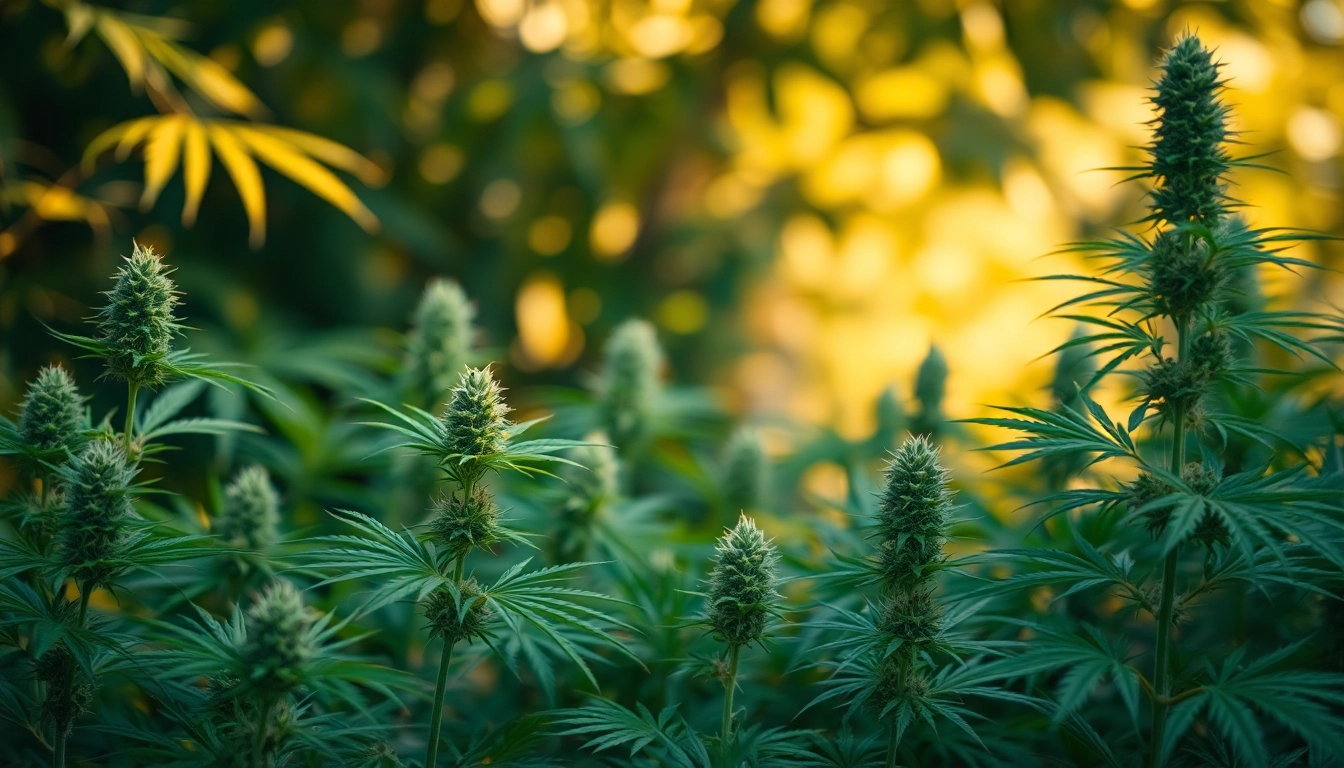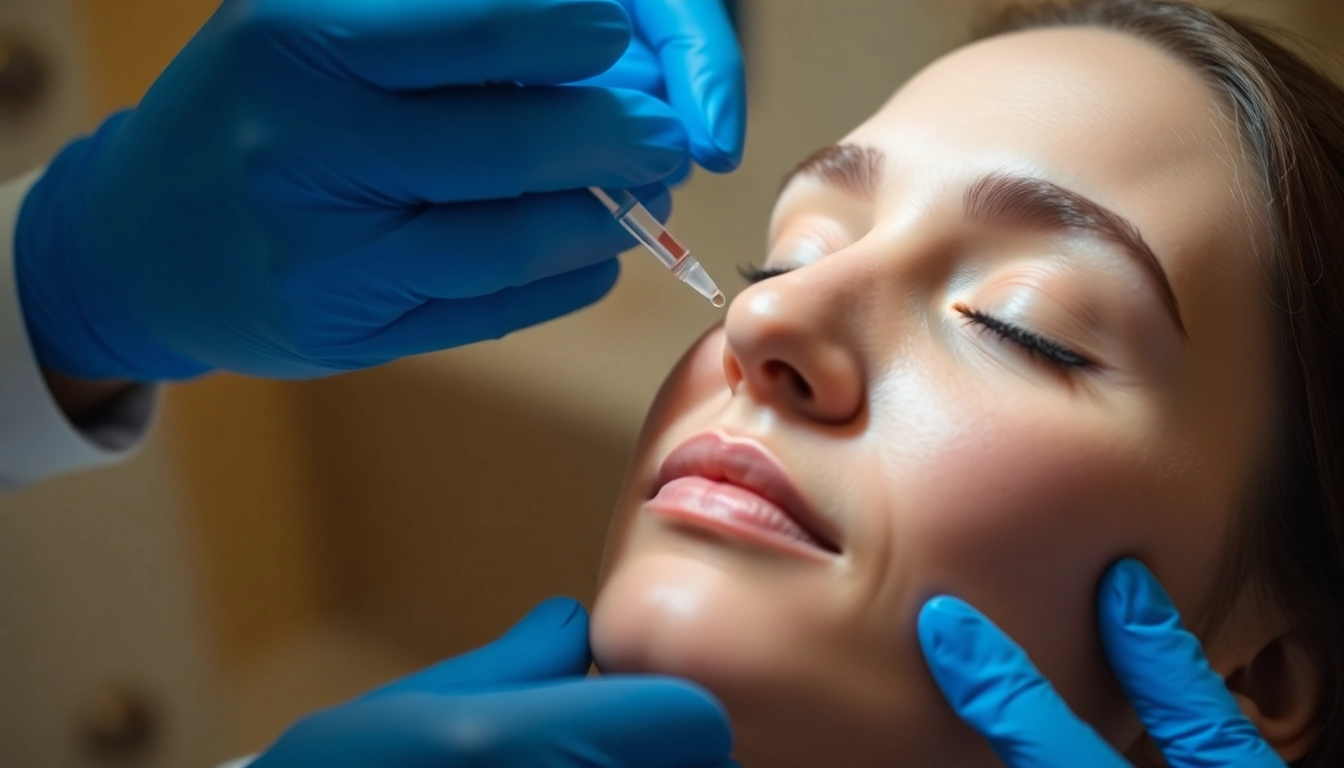Understanding Hemp Therapy: Basics and Benefits
Introduction to Hemp Therapy and Its Key Components
As the wellness industry continues to evolve, hemp therapy has emerged as a powerful natural option for promoting health and well-being. Derived from the Cannabis sativa plant, hemp therapy harnesses the therapeutic properties of cannabinoids, terpenes, and other bioactive compounds found in hemp. These components work synergistically to address a wide range of health concerns, from anxiety and pain management to skin health and inflammation reduction.
Unlike marijuana, hemp contains minimal amounts of THC (<0.3%), making it a non-psychoactive choice for consumers seeking natural relief without the intoxicating effects. The primary constituents of hemp used in therapy include cannabidiol (CBD), cannabigerol (CBG), and other cannabinoids, along with flavonoids and essential fatty acids like omega-3 and omega-6. These elements are collected through various extraction methods such as CO2 extraction, which preserves their purity and potency.
For an in-depth overview of how hemp therapy can fit into your wellness routine, visit Hemp Therapy and explore the latest insights and product options.
Health Benefits Backed by Scientific Evidence
Over recent years, scientific research has increasingly validated the health benefits of hemp-derived compounds. CBD, in particular, has been extensively studied and shown to have anti-inflammatory, anxiolytic, neuroprotective, and analgesic properties. Studies indicate that CBD interacts with the endocannabinoid system (ECS), modulating receptor activity to promote homeostasis within the body.
For example, research published in the European Journal of Pain demonstrated that topical CBD applications could significantly reduce pain and inflammation in musculoskeletal conditions. Additionally, clinical trials have shown CBD’s potential in reducing anxiety and improving sleep quality, making it a versatile supplement for mental and physical health.
The scientific backing for hemp therapy is continually expanding, with ongoing research exploring its role in managing epilepsy, neurodegenerative diseases, and even certain skin conditions like acne and psoriasis.
Common Uses and Applications of Hemp Therapy
Hemp therapy is versatile and can be integrated into daily routines through various forms:
- CBD oils and tinctures: Dissolved in carrier oils, these allow for sublingual use, offering quick absorption and adjustable dosing.
- Topicals: Lotions, balms, and creams infused with CBD target localized pain, skin conditions, and inflammation.
- Capsules and edibles: Convenient options for systemic, long-lasting effects, suitable for folks who prefer consistent dosing.
- Vape products: For rapid onset of effects, vaporized hemp extracts are used, though considerations around inhalation safety are important.
Hemp therapy applications extend beyond personal wellness. Some consumers use hemp-derived products for athletic recovery, pet health, and even in cosmetic formulations aimed at improving skin elasticity and reducing signs of aging.
Implementing Hemp Therapy in Daily Wellness Routines
Guidelines for Safe and Effective Usage
To maximize the benefits and ensure safety, it is essential to follow best practices when incorporating hemp therapy into your routine. Start with low doses—often micro-dosing—especially if you’re new to hemp products. Consult healthcare professionals, particularly if you are on medications or have underlying health conditions, as hemp compounds can interact with certain pharmaceuticals.
Always choose high-quality, lab-tested products to guarantee purity and potency. Read labels carefully to understand the concentration of cannabinoids and any added ingredients. Maintain consistent usage as recommended by product formulations, and keep track of how your body responds.
Choosing the Right Hemp Products for Your Needs
Selecting the appropriate hemp product depends on your specific health goals. For anxiety and sleep support, tinctures or capsules with a balanced CBD-to-THC ratio may be beneficial. For localized pain or skin conditions, topical creams with high CBD content are often more effective. Consider the mode of administration, absorption rate, and convenience when making your choice.
It’s also advisable to look for third-party lab reports to verify product contents and avoid contaminants. Certified organic hemp sources are preferable for ensuring product safety and quality.
Maximizing Results: Best Practices and Tips
Integrating Hemp Therapy with Lifestyle Habits
For optimal outcomes, combine hemp therapy with healthy lifestyle practices. Regular exercise, balanced nutrition, adequate hydration, and mindfulness techniques enhance the efficacy of natural remedies. Incorporate hemp products consistently at the same times daily to build routine and improve your body’s response.
For example, using CBD oil before bedtime can support relaxation and improve sleep quality, especially when combined with calming activities like meditation or gentle yoga.
Monitoring and Adjusting Your Hemp Regimen
Keep a detailed journal tracking your doses, products used, and observed effects. Over time, adjust your dosages based on the results—gradually increasing if necessary, but always within safe limits. Pay attention to any side effects or interactions, and consult healthcare providers regularly.
Some users find that cycling on and off hemp products helps maintain their effectiveness and prevents tolerance buildup.
Potential Challenges and How to Overcome Them
Common challenges include initial slow response, difficulty in finding the right product, or minor side effects like fatigue or gastrointestinal discomfort. Overcoming these involves patience, thorough research, and professional guidance. Selecting reputable brands, starting with low doses, and listening to your body are key strategies.
Legal considerations are also important—ensure the hemp products you use comply with local regulations to avoid legal issues.
Industry Trends and Future of Hemp Therapy
Emerging Products and Innovations
The hemp industry is rapidly innovating, with new products such as nanoemulsified CBD, transdermal patches, and water-soluble extracts enhancing bioavailability and convenience. Researchers are exploring synbiotic hemp formulations that combine cannabinoids with probiotics for gut health, as well as personalized supplements tailored via biomarker analysis.
Additionally, functional foods infused with hemp derivatives are gaining popularity, offering integrated health benefits in everyday consumption.
Legislative Changes and Market Growth
As legislation continues to evolve globally, the legal landscape for hemp products is becoming more favorable, expanding market access and product diversity. Countries are enacting standards for hemp cultivation, extraction, and labeling, which increases consumer confidence and product safety.
Market research projects a Compound Annual Growth Rate (CAGR) of over 20% in the hemp industry over the next five years, driven by consumer demand and scientific validation.
Research Priorities and Investment Opportunities
Future research is focusing on unraveling the mechanisms behind hemp’s therapeutic effects, optimizing extraction techniques, and conducting large-scale clinical trials. Investment opportunities are abundant in biotech startups, cultivation farms, and innovative product development firms specializing in hemp-based health solutions.
Collaboration between academia, industry, and regulatory bodies will be crucial to unlocking the full potential of hemp therapy.
Assessing Effectiveness: Metrics and Feedback
Tracking Health Improvements and Outcomes
Quantitative metrics such as pain scores, sleep duration, anxiety levels, and quality of life surveys can help evaluate hemp therapy’s impact. Incorporate wearable technology or mobile apps to monitor physiological markers like heart rate variability or sleep cycles. Regular self-assessment ensures you adjust your regimen for better results.
Collecting User Testimonials and Case Studies
Personal stories and case studies provide valuable qualitative insights into hemp therapy’s real-world benefits. Sharing these experiences on credible platforms fosters community learning and helps refine best practices.
Evaluating Scientific and User Data for Better Results
Combining scientific evidence with user feedback facilitates a comprehensive understanding of what works best for individual needs. Data-driven adjustments—such as increasing dosage gradually or switching formulations—maximize therapy effectiveness while minimizing adverse effects.



